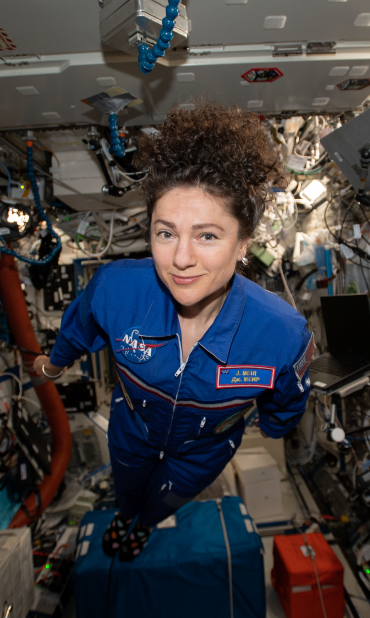The Christopher C. Kraft, Jr. Mission Control Center at NASA’s Johnson Space Center in Houston is the hub of human spaceflight. The building is staffed 24/7 with flight controllers who constantly monitor the International Space Station and the humans living onboard. Beyond low Earth orbit, Mission Control is also responsible for overseeing NASA’s Artemis missions during journeys to the Moon and back.
In addition to supporting humans in space in real time, Mission Control also serves a key role in the preparation of spaceflight. From planning out a spacewalk and the activities in an astronauts’ day, to setting up simulations to practice all scenarios that could happen during spaceflight, Mission Control is always prepared.
Key players:
Flight – The flight director is the maestro of the orchestra, overseeing all flight controllers in Mission Control and its support rooms.
Capcom – Formally known as the capsule communicator, the capcom is the person talking with the astronauts aboard their spacecraft.
ETHOS – This is the Environmental and Thermal Flight Controller. They are responsible for the space station’s life support systems, including temperature and cooling systems.
VVO – The visiting vehicle officer monitors the traffic coming and going to International Space Station. The station often receives spacecrafts delivering food and other supplies.
FDO – The flight dynamics officer plays a key role monitoring the trajectories for NASA’s Orion spacecraft during all phases of its mission to the Moon.
FAO – The flight activities officers leads is in charge of the schedule. They prepare the timeline for a flight plan to meet mission objectives and any real time changes that need to be made during Artemis missions.






























